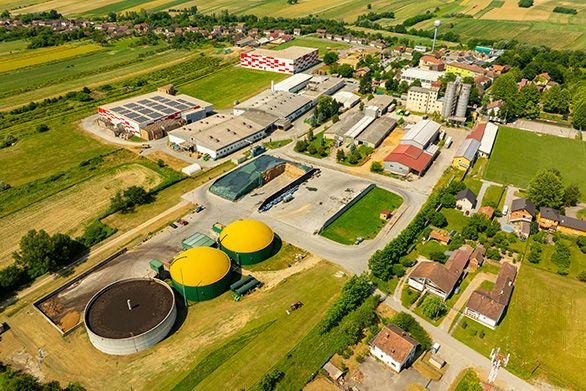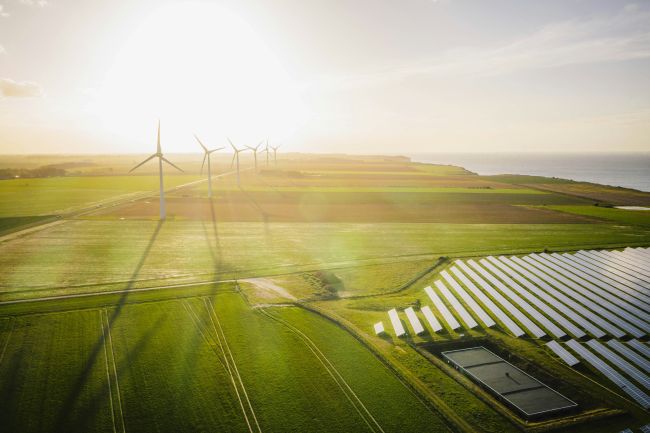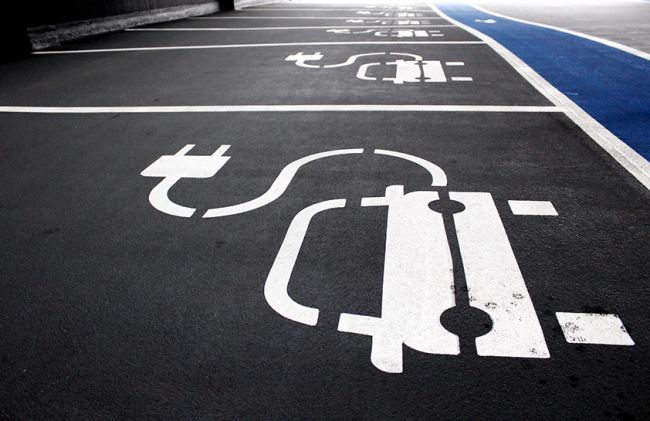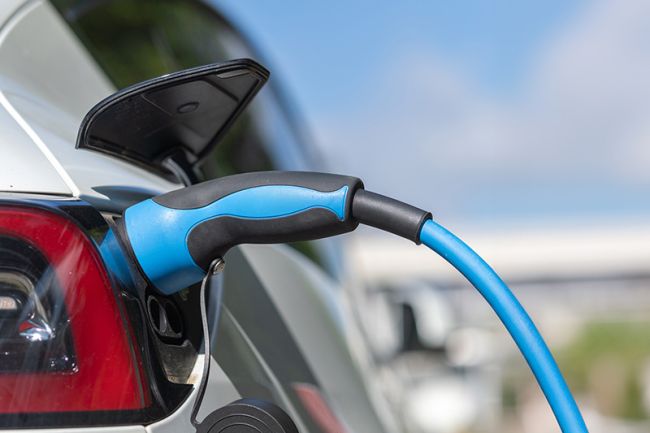Energy markets: Near and far
I’ve really enjoyed the personal challenge that comes with moving to the UK from New Zealand.

I’ve really enjoyed the personal challenge that comes with moving to the UK from New Zealand. Professionally, it has been rewarding to develop my understanding of the electricity market, and the sector more generally. Both markets are pushing for net zero economies, and the electricity sector has a key part to play in that. Although I have noticed similarities in each market, below, I have outlined some distinctions that have interested me so far.
Wholesale Price Determination Review and Comparison
The UK Government is currently progressing its review of electricity market arrangements (REMA) with the aim of addressing long-standing inefficiencies in the design of the energy market.
One consideration for the review is to move to a more granular wholesale pricing model. Currently, the UK uses a national pricing model, where the half hourly wholesale price is consistent over the electricity markets geographical area. This determination method can decrease the incentive for generation to be close to load centres. As more renewable generation comes online, consumers will have to pay more for transmission capacity upgrades to reduce congestion and be able to get enough electricity to load.
In contrast, New Zealand uses a more precise method of wholesale price determination called nodal pricing. Nodal pricing is much more complex with over 280 nodes throughout the country, all with their own unique price. This requires far more considerations when the wholesale price is calculated including line losses, transmission constraints and demand.
In the UK, a move to nodal or even zonal pricing would deliver granularity and likely incentivise generation development closer to load centres, providing more efficient use of the network. However, this is not without its difficulties. It is more complex and would require infrastructure and systems investment which would present a substantial cost to taxpayers. It could also bring about unwanted wholesale price separation between the geographical areas in the UK (England, Wales, Scotland, and Northern Ireland), as it does in New Zealand between the North and South Islands. This price volatility often means higher financing costs for developers and subsequently less projects get off the ground. Implementation risk may also delay projects while the regulatory environment is decided.
Generation Mix & Carbon Intensity in New Zealand and the UK
New Zealand’s electricity generation is dominated by large hydro schemes in New Zealand’s South Island. The system is around 80% renewable, of which hydro accounts for roughly 60% in a typical year, although this can vary greatly if the country has lower rainfall (a “dry year”).
Hydro schemes are possible due to the geographical and meteorological attributes of New Zealand, notably high rainfall, and decent sized lakes. This fortune and substantial infrastructure investment by previous governments allows for a highly renewable grid, with a carbon intensity of 68g of carbon dioxide per kilowatt hour in 2023 so far.
The UK is less fortunate in this regard. Currently, fossil fuel generation is crucial to ensuring security of supply, with 152g of carbon dioxide emitted for every kilowatt hour of energy produced (so far in 2023, it has averaged 183g over the previous two years); Although this is starting to reduce as a focus on renewables gains traction.
Offshore wind is becoming the dominant electricity resource in the UK. A long coast, high wind resource and shallow water gives the UK a great opportunity to maximise this type of renewable energy. The UK Government is supporting this with a recent hike of 66% in the price offered at the Contract for Difference (CfD) auctions next year. This scheme ensures developers have increased revenue security as they are paid a fixed price for their generation, independent of the wholesale price for the duration of the contract (usually 15 years). Hopefully this development continues the attractiveness of offshore wind in the UK to the private sector and helps deliver the ambition of 50GW of offshore wind by 2030.
Housing Stock & District Heat Networks
Another way in which New Zealand and the UK differ is central heating.
Growing up in New Zealand, I am not sure I ever saw a central heating system in a home, let alone a heat network. This is supported with evidence of only around 5% of New Zealand homes estimated to have central heating. Conversely, in the UK, only 5% of homes are not centrally heated.
Although many factors dictate the lack of central heating in New Zealand, maybe the most important is that the vast majority of houses are built using timber with poor insulation. This delivers extremely poor thermal efficiency in the home, making a central heating system expensive to run. Often small portable electric heaters are used, but increasingly, heat pumps are installed. Because these heat pumps use electricity, the technology lends itself well to New Zealand’s highly renewable grid.
Mains gas central heating is the most common form of central heating for homes in the UK, around 74%. Heat networks in the UK account for roughly 3% of heating, but the Climate Change Committee expect this to rise to 20% by 2050. According to the UK government, Heat network investment potential is estimated to be between £60 billion and £80 billion by 2050 to achieve this goal. This represents a substantial opportunity for investors in this sector.
Public funding is also available for heat network projects at various stages of development in the UK. Amberside Advisors are already operating in this space and are part of a consortium (led by Triple Point) which promotes and provides government funding for heat network projects from the Green Heat Network Fund (GHNF). The team has also established a dynamic procurement tool, BHIVE, which provides a route for project sponsors to access commercialisation support and construction financing.
As well as applying our core strengths in financial modelling and investment appraisals to help clients with the cost-benefit analysis of heat networks, Amberside Advisors are also using our decades of expertise to structure the right frameworks and contracts, ensuring their long-term success






















